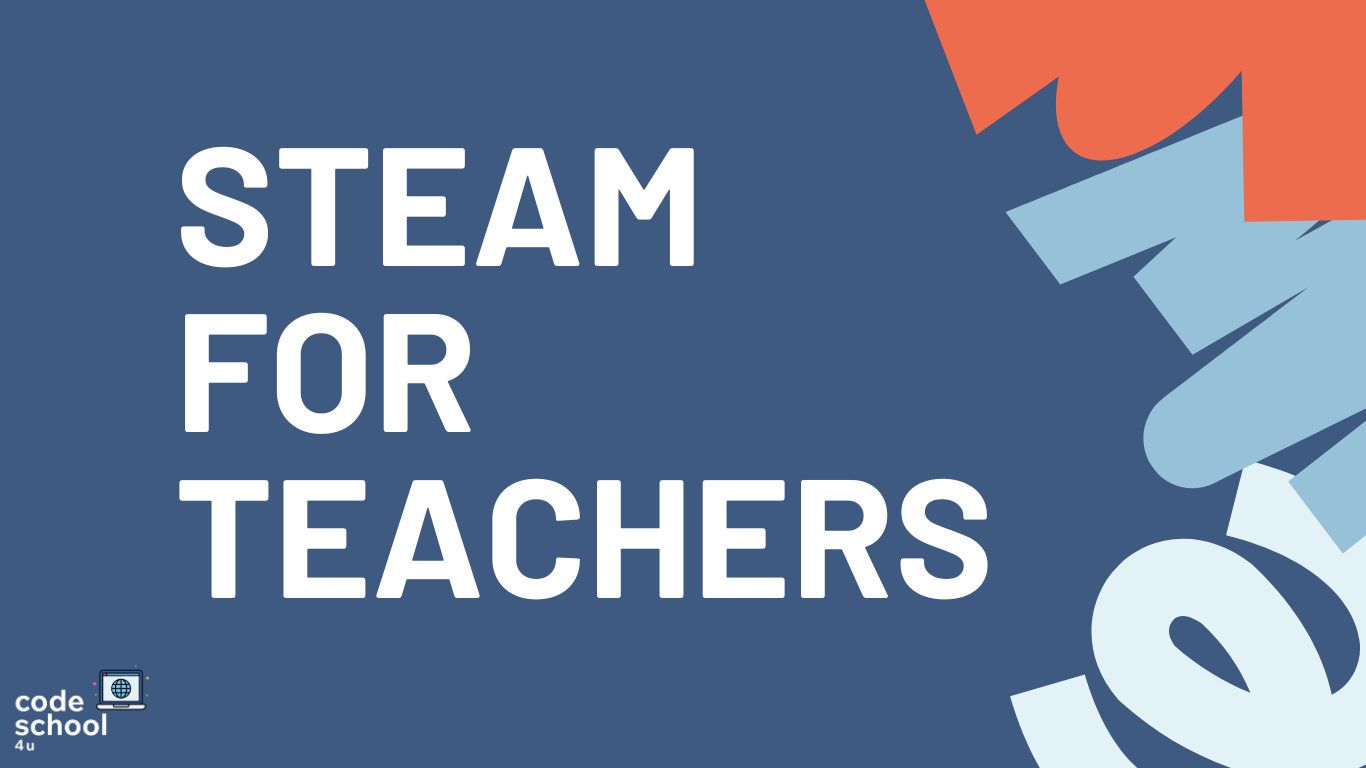In the 21st century we need teachers to be friendly with technology, so that they infuse it into their classes, benefiting their students. The best teachers are made, not born.
1. Benefits and fundamentals of Steam
Steam plays a valuable role in preparing students for our rapidly changing world,but what is Steam?
Steam is an approach that is made up of the following disciplines: science, technology, engineering, art and mathematics. In words that children can understand, we can say that it links:
Science: Explore the natural world, conduct experiments, and make observations.
Technology: Use tools, devices, and digital resources to solve problems.
Engineering: Design, build, and create solutions to real- world challenges.
Art: Express creativity through visual arts, music, dance, and more.
Math: Apply mathematical concepts to analyze data, patterns, and structures.
We can say that with this approach, we will have the 5c benefits
- Cultivating Creativity and Innovation: Steam encourages students to think creatively and express themselves artistically. These essential skills are crucial for success in the 21st century.
- Collaboration and Communication: Students work together on complex projects, exploring new ideas and solving problems.
- Character development: Better citizens within their community, equipped to do the right thing in stressful situations, strong and trusted leaders, and confident and resilient adults.
- Critical Thinking: Taking a moment to form hypotheses during play if I do this I will have a consequence
2. Designing Steam Lessons
Involves creating engaging and interdisciplinary learning experiences:
- Problem-Based Units: Teachers design relevant problems that align with the Steam conceptual model
- Inquiry and Authentic Tasks: Teacher facilitation is crucial for promoting inquiry and authentic tasks
- Discipline Integration: Steam lessons integrate content from multiple disciplines
- Technology Integration: Introduce basic coding and technology concepts. For example, create simple animations or games using coding with block. Another option is to use Open Roberta Lab to introduce basic robotics, they can program the EV3 Robot and discuss the different sensors. Introduce Tinkercad to introduce circuits and Arduino.
- Art and Math integration: Teach students about geometric shapes, and symmetry. Have them create art using geometric shapes or explore rhythm, patterns, and fractions in music.
- Physical Education (PE): Incorporate biomechanics and physics concepts into sports and fitness activities. Example: use Micro:Bit to count the amount of steps and distance walked. You can also explore wearable technology and fitness trackers or design movement-based challenges that require problem-solving and teamwork
- Art: Combine art and engineering through activities like designing kinetic sculptures or 3D-printed art. Explore the aesthetics of mathematical patterns (e.g., fractals, tessellations).
3. Integrating Steam Across Subjects
Explore practical strategies for integrating Steam concepts into various subjects.
You can infuse creativity, technology, and design thinking into language arts, social studies, and other disciplines.
- Language Arts (ELA): Encourage storytelling and creative writing related to scientific concepts. Scratch Jr and Scratch. You can also explore literature that features Steam themes or characters (e.g., biographies of inventors, science fiction). Another option is to Integrate digital storytelling tools for students to create multimedia presentations.
- Social Studies: Create a project to investigate historical innovations and technological advancements. Another option is to analyze the impact of science and technology on societies throughout history. You can also design projects that explore global challenges (e.g., climate change, sustainable development).
- Pen pals from History: Students can write letters as historical figures, exploring their perspective and experiences.
- Mystery Google Hangout, video conference activity in which classrooms connect from anywhere in the world, using yes or no questions, students play to determine one another´s location.
- Read a book, and then organize a virtual interview with the author with relevant questions.
- Integrate mathematics with programming, use Scratch pencil to draw a square and end up in a mandala.
- Write your own adventure, in scratch, record the characters' voices with your companions.
- Animal magic: explore science by investigating different animals and their adaptations. Discuss habitats, ecosystems, and the impact of human activities on wildlife.
- Integrate science, engineering, and design. Students explore different types of shelters, consider materials, and address engineering challenges related to building structures with recycled materials
- Seasons and Weather: Connect science and geography. Study weather patterns, climate zones, and the impact of seasons on ecosystems. Explore weather-related phenomena like storms and climate change
This way you can start introducing different Steam elements and activities into your classes.


